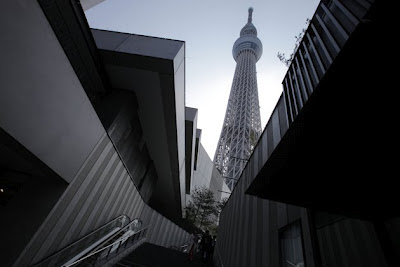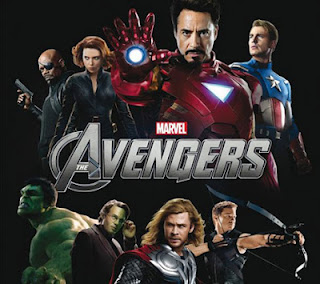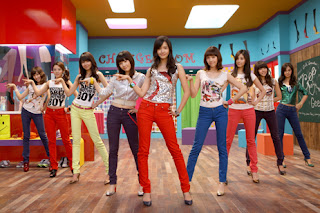UEFA EURO 2012
Year: 2012
Host country: Poland and Ukraine
Winner: Spain
The final: Spain vs. Italy
Mascot:
Slavek (Sławek) and Slavko
Once again Warner Bros. created the mascots. The twins represent two host nations, Poland and Ukraine. One twin wears Poland's national colours of red and white, the other the yellow and blue of Ukraine.
...............................................................................
UEFA EURO 2008
Year: 2008
Host country: Austria-Switzerland
Winner: Spain
The final - 29/06/2008
Germany 0-1 Spain
Mascot:
Trix and Flix
A twin set of mascots two represent the two host countries, Austria and Switzerland. The Warner Bros. design was of two child like characters both dressed in football strips comprising solely red and white, the colours of the national flags of Austria and Switzerland.
...............................................................................
A twin set of mascots two represent the two host countries, Austria and Switzerland. The Warner Bros. design was of two child like characters both dressed in football strips comprising solely red and white, the colours of the national flags of Austria and Switzerland.
UEFA EURO 2004
Year: 2004
Host country: Portugal
Winner: Greece
The final - 04/07/2004
Portugal 0-1 Greece
Mascot:
Kinas
A cartoon version of a boy dressed in the Portugal football strip. The mascot's name, Kinas, is taken from "Bandeira das Quinas", which is a name for Portugal's national flag.
...............................................................................
UEFA EURO 2000
Year: 2000
Host country: Belgium-Netherlands
Winner: France
The final - 02/07/2000
France 2-1 Italy
Mascot:
Benelucky
A lion with a devil's tail and human hands. A lion appears on the crest of the Dutch national federation, and the Belgian national team is historically nicknamed "Red Devils". The name Benelucky, is a portmanteau of "Benelux", the term for the three nations of Belgium, the Netherlands and Luxembourg, and the ending "-lucky" wishing the participating teams "good luck". It wore football boots and held a football under its left arm. One of the most striking characteristics of Benelucky was its multicoloured lions mane which incorporated the colours of both the Belgian and Dutch national flags.
...............................................................................
UEFA EURO 1996
Year: 1996
Host country: England
Winner: Germany
The final - 30/06/1996
Czech Republic 1-2 Germany
Mascot:
Goaliath
Goaliath was designed in a similar fashion to the original World Cup mascot from 1966 World Cup called World Cup Willie. Goliath comprised a lion, the image on the English football teams crest, dressed in an England football strip and football boots whilst holding a football under his right arm.
...............................................................................
UEFA EURO 1992
Year: 1992
Host country: Sweden
Winner: Denmark
The final - 26/06/1992
Denmark 2-0 Germany
Mascot:
Rabbit
The Swedish mascot was also a rabbit in the national colours with head and wristbands controlling a football like the mascot from four years previously and was called name of Rabbit.
...............................................................................
UEFA EURO 1988
Year: 1988
Host country: West Germany
Winner: Netherlands
The final - 25/06/1988
USSR 0-2 Netherlands
Mascot:
Berni
A cartoonised German Grey Rabbit with human shaped body. Berni wore an outfit in the colours of the German national flag with a black football jersey with UEFA across the front, red football shorts and yellow or golden socks additionally with white head and wristbands. Mostly depicted while jumping and controlling a football.
...............................................................................
UEFA EURO 1984
Year: 1984
Host country: France
Winner: France
The final - 27/06/1984
France 2-0 Spain
Mascot:
Péno
A white cockerel, a traditional national symbol of France, dressed in a French coloured football strip including football boots and white gloves.
...............................................................................
UEFA EURO 1980
Year: 1980
Host country: Italy
Winner: West Germany
The final - 22/06/1980
Belgium 1-2 West Germany
Mascot:
Pinocchio
Based on the character from the children's story of the same name. Pinocchio comprised a small wooden boy with long nose in the colours of the Italian national flag and a white hat emblazened with EUROPA 80 (http://www.wikipedia.org/)
...............................................................................


+and+Slavko.png)








.jpg)




























